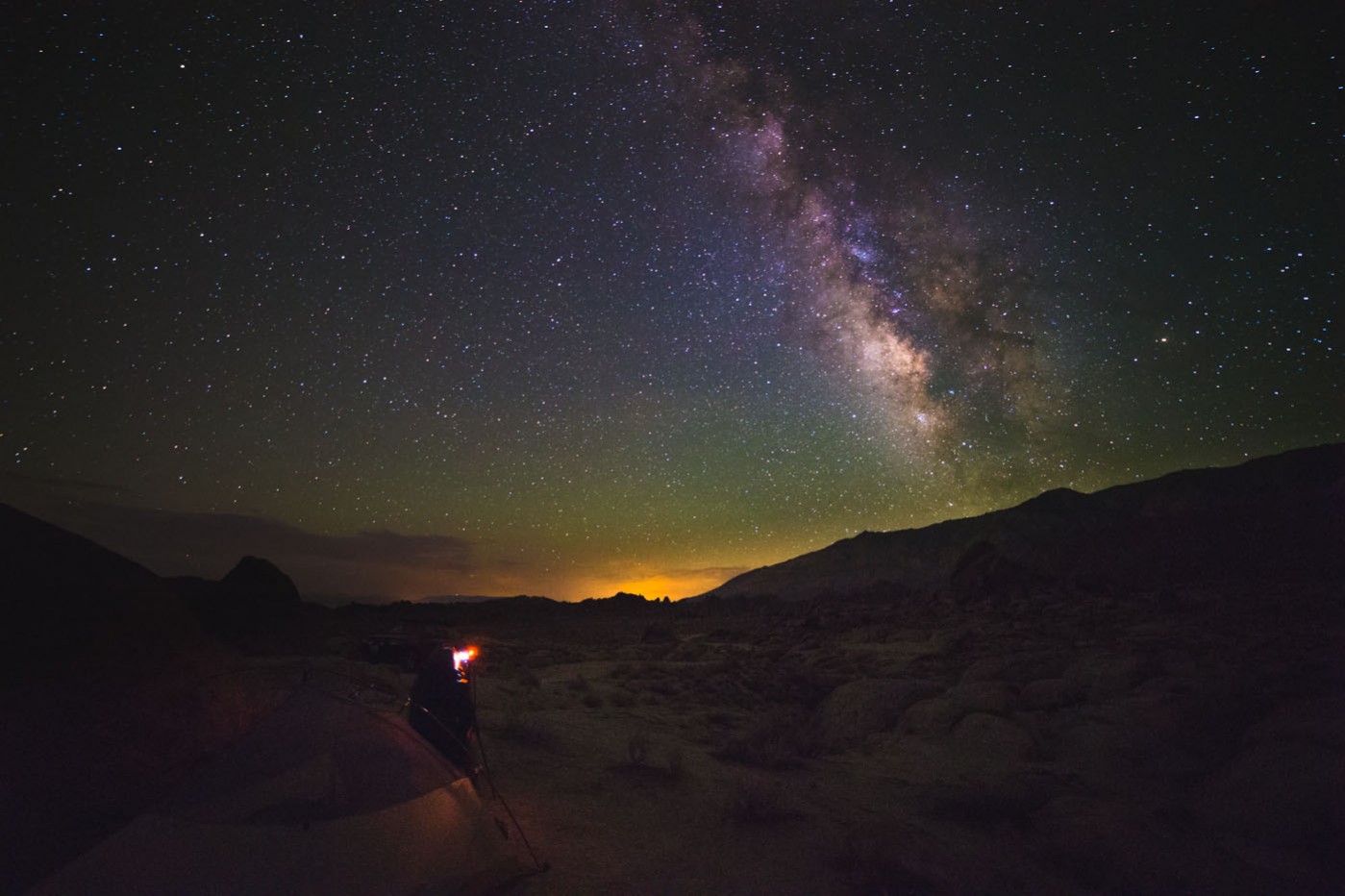

- #Magic lantern canon 10d 1080p#
- #Magic lantern canon 10d manual#
- #Magic lantern canon 10d pro#
- #Magic lantern canon 10d iso#
It is featured on Canon compact cameras like PowerShot SX40 HS to achieve a capture rate of 10.3 frames per second at full resolution in High-Speed Burst HQ, Full HD 1080p Videos and Intelligent Image Stabilization. The Canon EOS 650D/Rebel T4i/Kiss X6i uses the DIGIC 5 processor.
#Magic lantern canon 10d iso#
Full specifications were not made available at introduction, but Canon claims a 60% speed improvement over the original DIGIC 4 on high ISO shots. This processor was introduced in 2014, replacing the DIGIC 5 in some mid-range compact cameras (particularly in the Elph/IXUS and SX series) and later used in budget DSLRs such as EOS 1300D/Rebel T6, EOS 2000D/Rebel T7/EOS 1500D and the EOS 4000D/EOS 3000D/Rebel T100.
Live Face Detection AF during Live Viewĭual DIGIC 4 processors are used in the EOS 7D and EOS-1D Mark IV. Improved performance while handling larger 14-bit RAW images. Improved noise reduction in high- ISO images. Much faster image processing when compared to previous processors. It is also used in newer cameras in Canon's PowerShot lines ( A, D, G, S, SD, and SX). In 2008, Canon introduced the DIGIC 4 processor, used by the EOS 1100D/Rebel T3, EOS 500D/Rebel T1i, EOS 550D/Rebel T2i, EOS 600D/Rebel T3i, EOS 50D, EOS 60D, EOS 1200D/Rebel T5, EOS 5D Mark II and EOS-1D X (for metering and AF only). The Canon EOS-1Ds Mark III also uses dual DIGIC III processors to achieve a capture rate of five frames per second at 21.1 MP. The Canon EOS-1D Mark III uses dual DIGIC III processors to achieve a capture rate of 10 frames per second at 10.1 MP (with a maximum burst of 110 JPEG images, depending on the speed of the attached storage). Using an internal database of thousands of different photos, iSAPS also works with the DIGIC III Image Processor to improve focus speed and accuracy, as well as exposure and white balance. ISAPS is a scene-recognition technology developed by Canon for digital cameras. The latter is useful at tourist spots where there may be many people around who are not intended to be the subject of the scene. It reverts to the AiAF system if the subject is either not detected or not deemed to be a subject (based on the iSAPS database). New features ĭIGIC III provides face detection AF/AE, which finds and tracks up to nine faces at once and controls exposure and flash to ensure proper illumination of the faces as well as the rest of the frame, reducing the detrimental effect of overexposed or darkened faces in a photo. Additionally it has a 14-bit A to D converter providing greater bit depth than previous versions. It also provides higher resolution for their LCD screens. DIGIC III provides a faster interface to the SD memory card for the Canon PowerShot G7 and G9, SD750, SD800, SD850, SD900, SD 1000, A560, A570 IS, A590 IS, A650 IS, A720 IS, A495, EOS XS/1000D, EOS XSi/450D, EOS 40D, EOS 1D Mark III, EOS 1Ds Mark III, and S5 IS. The DIGIC III Image Processor, introduced in 2006, was advertised to deliver improved image quality, faster operation and extended battery life compared to its predecessor. Additionally, Canon claims DIGIC II improves color, sharpness, and automatic white balance with its CMOS sensor in its digital SLR camera line. It can write to memory card at speeds up to 5.8 MB/sec. It has been used in some advanced consumer-level cameras and many digital SLRs such as Canon EOS 5D and Canon EOS 30D.ĭIGIC II uses high-speed DDR-SDRAM, which improves startup time and AF performance. DIGIC II also improved upon the original by adding a larger buffer and increasing processing speed. It consists of three separate chips: a video processing IC, an image processing IC and a camera control IC.ĭIGIC II is a single chip system introduced in 2004, unlike the first DIGIC, that allowed for more compact designs. The original DIGIC was used on the PowerShot G3 (Sep 2002), Canon S1 IS (Mar 2004), A520 (Mar 2005), and other cameras. You still have to turn the knob/dial/ring, but in the end, it's worth it to have so much creativity at your finger tips!ħD Gripped /40D Gripped / 10-24 /EF24-70 f2.8 L /EF 70-200 f4 L /EF50 f1.8 Mk I /EF85 f1.DIGIC in Cameras Original DIGIC And there are all sorts of gadgets out there that help assist you to getting perfect focus. Pulling focus with these cameras isn't all that hard, it's a skill to learn, just like the skills needed to take great still images. #Magic lantern canon 10d manual#
The problem with AF is that it's not really creative and that's why we al like to shoot with DSLRs, when set to full manual they allow for the most creativity.

Only the consumer grade video cameras have AF.
#Magic lantern canon 10d pro#
Pro video and film shooters have had to pull their own focus for a long, long time. I was just doing some reading and apparently, my T3i doesn't support auto-focus during video.






 0 kommentar(er)
0 kommentar(er)
